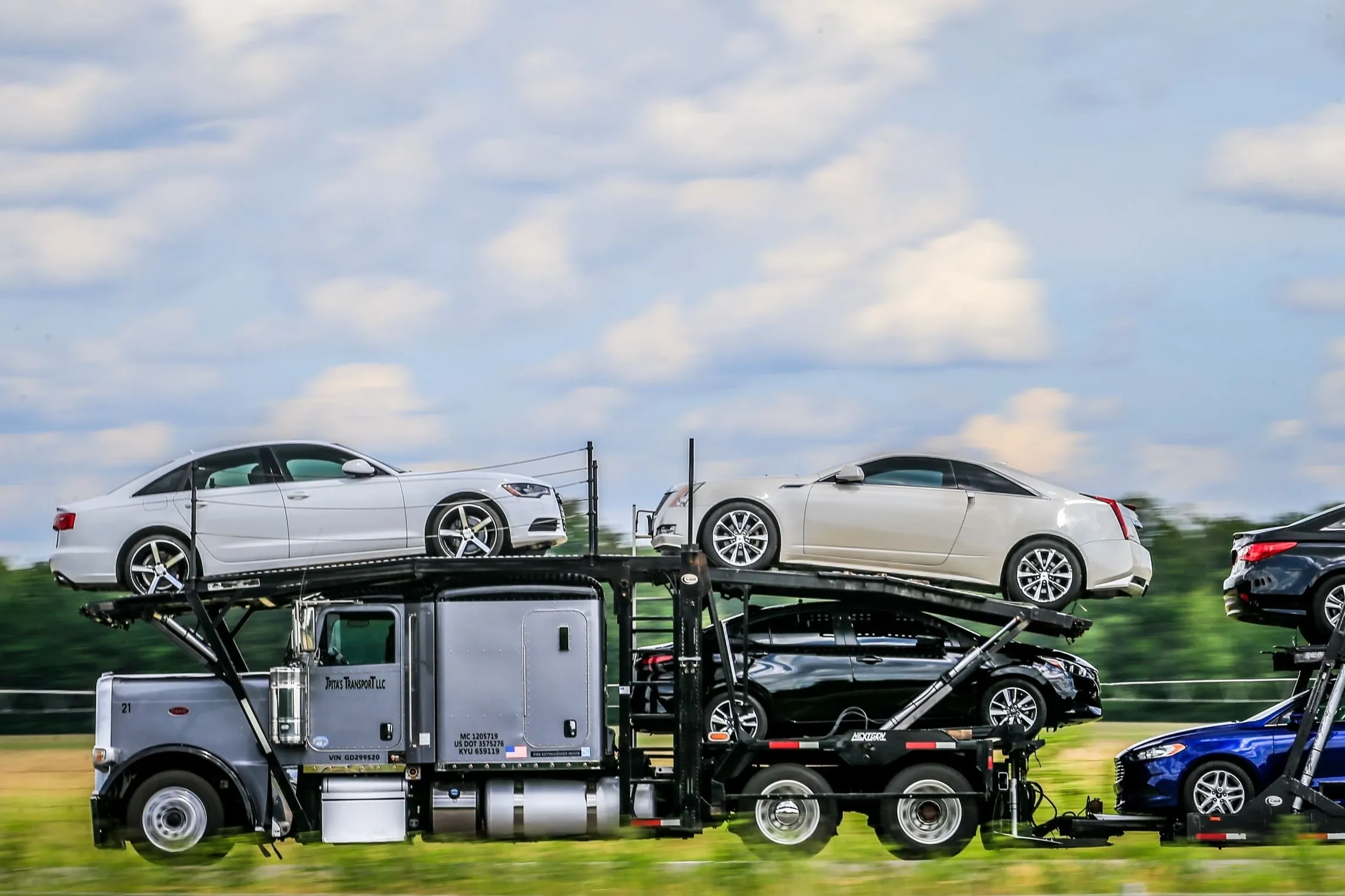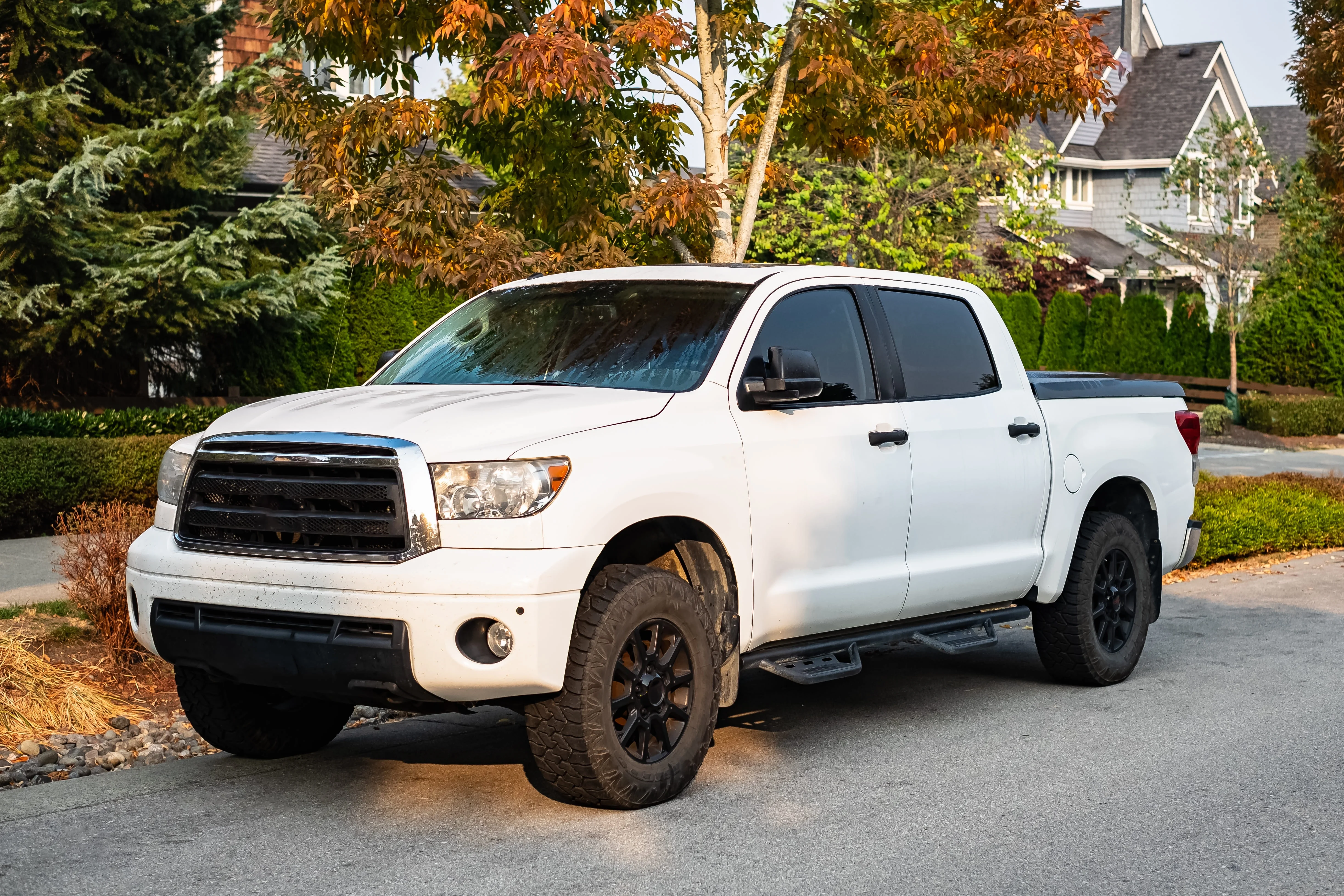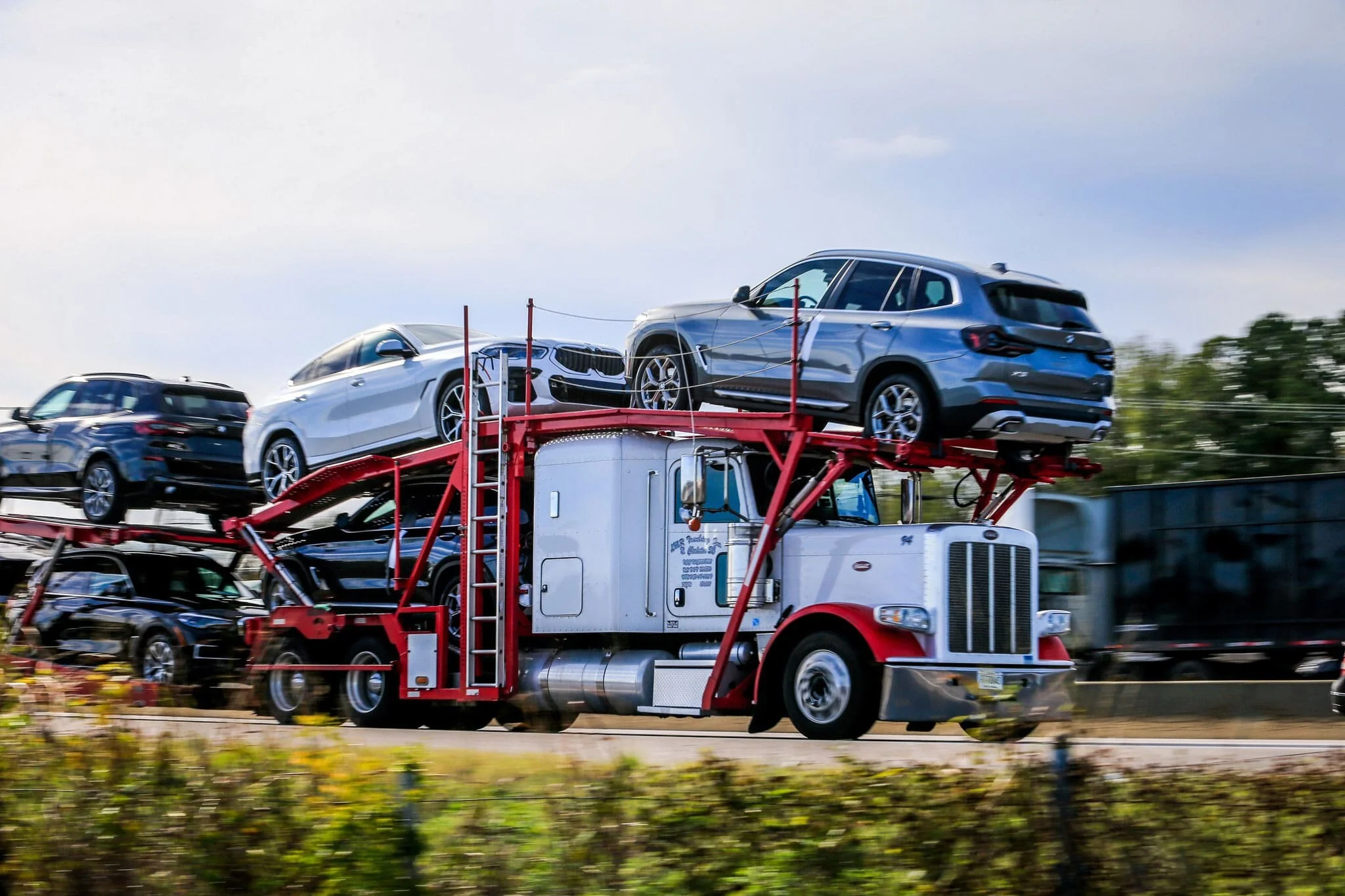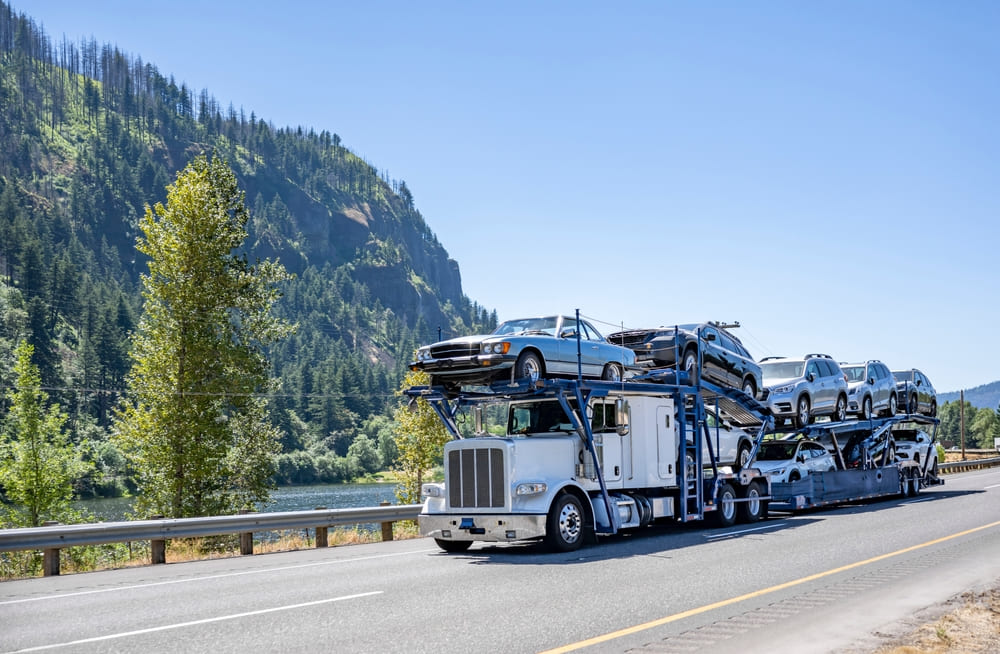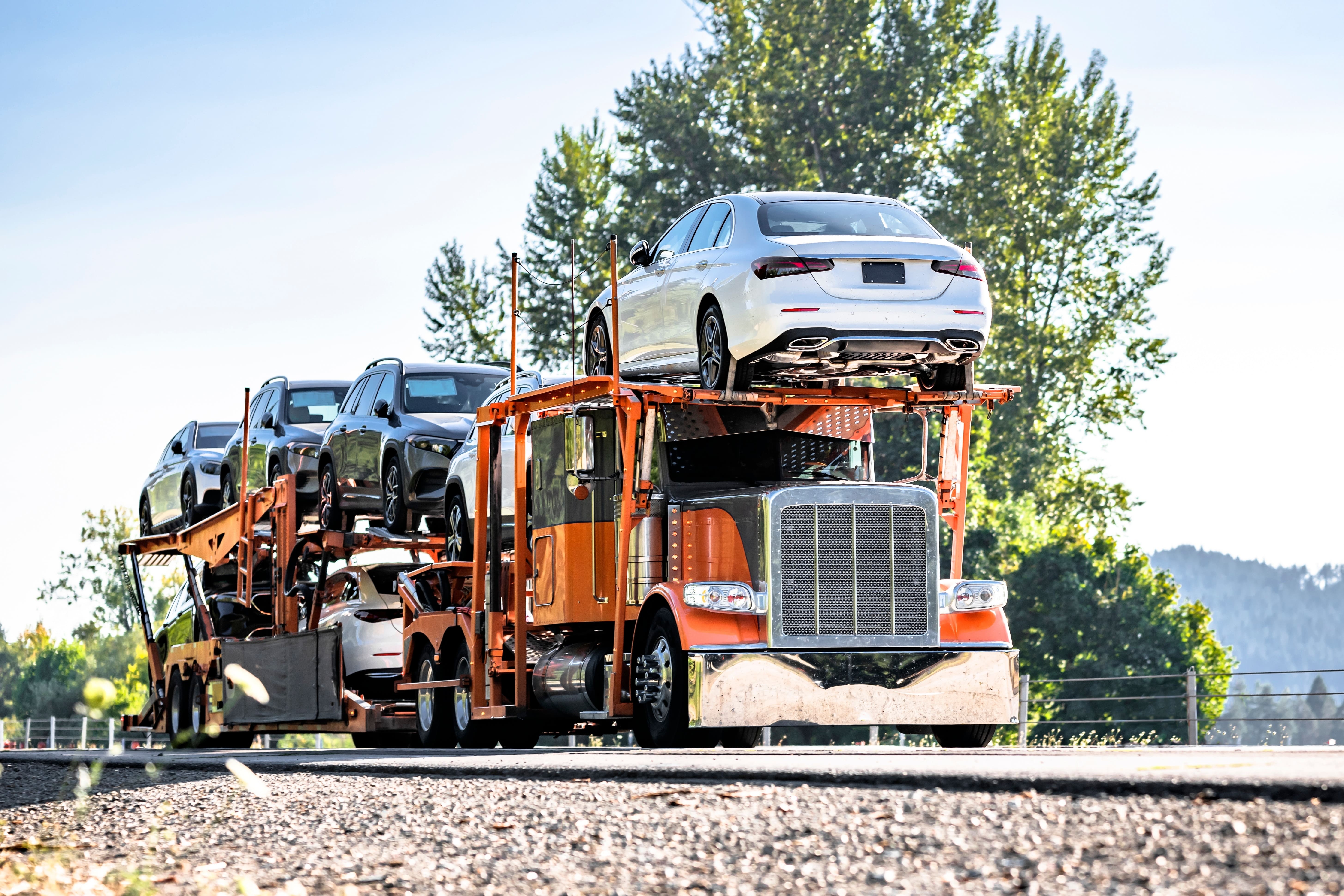
Pick-up and drop-off locations - metro vs. provincial or rural
Shipping from metropolitan areas typically benefits from well-developed road networks, proximity to major highways, and the availability of multiple service providers. Such factors allow for easier and quicker access for transport trucks, facilitating faster transit times. Cities also benefit from extensive and well-maintained infrastructure, allowing for more efficient routing and coordination.
In contrast, shipping from more rural areas presents more challenges. The road infrastructure tends to be more limited, and locations may be far from major highways. This requires additional travel time to reach the primary travel corridors.
The need for more service providers in these areas can lead to longer wait times for pick-up and delivery, further increasing the shipping timeline. Additionally, the lower demand for car shipping in rural areas means that transport companies may operate less frequently, potentially growing wait times.
The demand and frequency of services also play a critical role. In metropolitan areas, demand is typically higher, leading to more frequent trips by transport companies. Conversely, lower demand in rural areas means fewer shipping requests, resulting in less efficient routes and potentially longer travel times.
Weather and seasonal conditions can also affect car shipping times. Urban areas tend to have better-maintained roads and quicker responses to weather disruptions, ensuring smoother operations. They also have more resources to deal with weather-related issues, minimizing delays.
